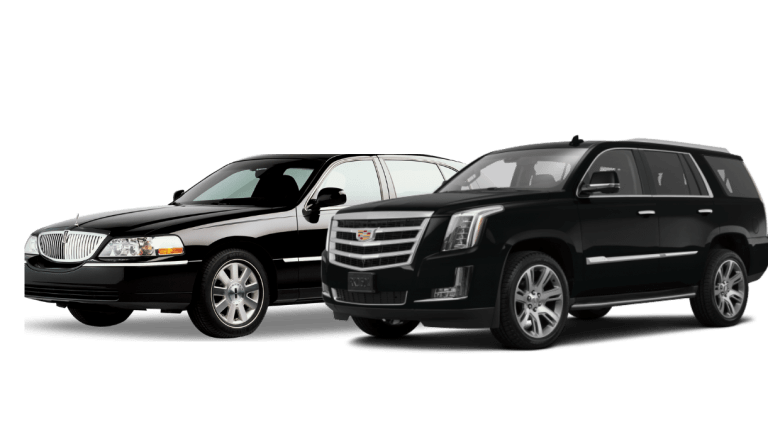For most people, captaining a boat seems like a fantastical role. Pirates or massive sailing vessels may come to mind, shouts like “secure the mainline!” may ring in your ears, but this way of sailing is mostly outdated unless for hobbyists. Modern boating uses advanced equipment, has a variety of maritime navigation electronics, and tons of safety measures so the captain and crew are always safe. Among these navigation tools, are things both to tell a captain where they’re going and keep them from hitting anything or anyone else.
Direction
One thing that helps a boat captain maintain proper course is a gyroscope. Gyroscopes work similarly to a compass, but don’t rely on the Earth’s magnetic field. Instead, they’re guided by the planet’s rotational pull, which helps seamen find True North more reliably than with a compass. Just because gyroscopes have some advantages, doesn’t mean compasses are left out, however. Almost every boat is outfitted with a magnetic compass in their dashboard, which is used to help plot out their route and help them stick to their course. Finally, there’s the Electronic Chart Display Information System, which makes available a number of nautical charts to help captains pinpoint locations they need to reach or obstacles to avoid.
Avoiding a Crash
The main player in keeping boats from running into each other at sea is radar. These radars use two signature frequencies to detect things like how far away a vessel is from another boat, how far away they are from land, or where other obstacles such as icebergs and islands are in relation to their path. What’s in front of the boat isn’t the only hazard, though. Most vessels also use an echo sounder, and older invention, to test the depth of the water below them to ensure they aren’t beached on a sandbank in the middle of the ocean.



